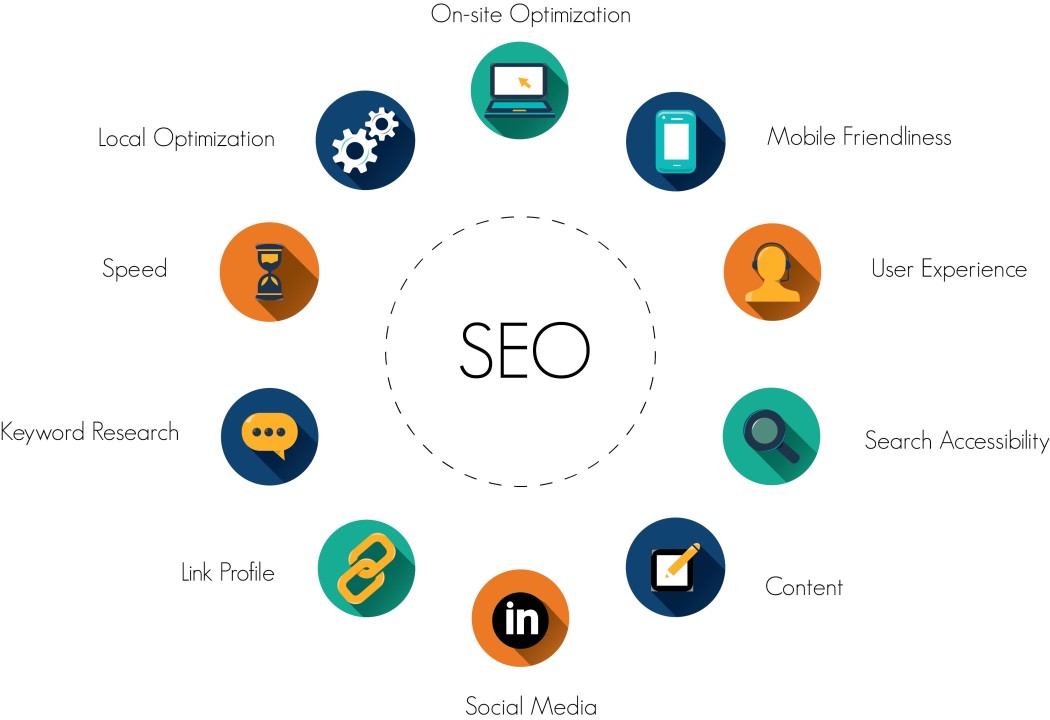Insights into What Is Ruled Out a Default Medium in Google Analytics
Insights into What Is Ruled Out a Default Medium in Google Analytics
Blog Article
Thinking Outside the Box: Leveraging Non-traditional Mediums to Optimize Google Analytics Performance
In the world of electronic advertising, the mission for enhanced Google Analytics performance has actually ended up being a calculated imperative for businesses looking for to fine-tune their on the internet presence. Typical approaches commonly fall brief in recording the full range of consumer communications and behaviors. By checking out unusual tools as opportunities of information collection, a new world of possibilities arises. These uncharted regions use a wealth of untapped understandings that could possibly transform the means we comprehend and optimize our electronic strategies.
Special Information Sources

CRM systems, for example, can provide understandings right into private customer interactions, acquisition history, and choices, which can be incorporated with Google Analytics data to develop more personalized advertising and marketing methods. Social media systems provide valuable information on user demographics, passions, and engagement metrics, permitting services to gauge the efficiency of their social media projects and optimize material for better performance. Email advertising and marketing data, consisting of open rates, click-through rates, and conversion metrics, can additionally be leveraged to track individual involvement and behavior beyond website interactions captured by Google Analytics. By leveraging these one-of-a-kind data resources, businesses can fine-tune their strategies, boost targeting efforts, and boost overall Google Analytics performance.
Social Network Insights

In addition, social media sites analytics tools enable organizations to track essential efficiency signs, screen campaign effectiveness, and determine the impact of their on-line activities. Recognizing the demographics of followers, recognizing popular web content themes, and reviewing interaction degrees can help organizations tailor their advertising and marketing techniques for far better results.
Offline Advertising Assimilation
Integrating offline marketing approaches with digital analytics can boost overall campaign efficiency and provide a much more thorough understanding of consumer habits. what is not considered a default medium in google analytics. By connecting the space in between online and offline efforts, companies can track the influence of traditional advertising networks such as print advertisements, TV commercials, direct-mail advertising, and occasions on their on-line presence

Furthermore, implementing telephone call radar for offline marketing tasks allows companies to capture useful information on client inquiries generated via printed ads or materials (what is not considered a default medium in google analytics). this hyperlink By assessing phone call data together with online metrics in Google Analytics, organizations can get deeper understandings into the consumer journey and maximize advertising strategies for enhanced performance across all networks
IoT and Wearable Innovation
Making use of IoT and wearable technology in electronic analytics can transform information collection and consumer understandings for businesses looking for a much deeper understanding of individual actions patterns. These innovative modern technologies provide a smooth way to collect real-time information from various touchpoints. IoT gadgets can track customer interactions with items or solutions, giving important info on use patterns and preferences. Wearable innovation, such as smartwatches or fitness trackers, can provide understandings right into user activities, wellness metrics, and also area data.
Gamification Techniques
The application of gamification methods in electronic analytics offers a cutting-edge strategy to improving individual involvement and driving workable understandings for organizations. By including game-like components such as factors, badges, leaderboards, and compensates right into the analytics user interface, business can inspire individuals to engage a lot more often and meaningfully with the data.
Gamification encourages users to explore various attributes of the analytics system, discovering useful insights that might have otherwise gone undetected. Via interactive obstacles and development tracking, users are incentivized to delve much deeper right into the data, resulting in increased time invested in the system and a greater possibility of discovering key fads or patterns.
Additionally, gamification can promote a sense of competitors amongst users, stimulating them to pursue higher performance and involvement degrees. This affordable spirit can drive raised customer fostering rates and an extra detailed usage of the analytics tools readily available. Eventually, by leveraging gamification strategies in electronic analytics, services can create an extra efficient and engaging setting for users, causing more enlightened decision-making and enhanced overall efficiency.
Final Thought
Finally, leveraging unique tools such as distinct information resources, social media understandings, offline advertising and marketing integration, IoT and wearable innovation, and gamification strategies can enhance Google Analytics efficiency. By assuming outside the box and exploring these alternate view publisher site resources of information, services can get valuable insights and enhance their total advertising and marketing strategies. It is crucial for firms to continuously explore new methods to collect information and analyze it in order to stay ahead in the ever-evolving digital landscape.
By integrating data from resources such as client partnership monitoring (CRM) systems, social media systems, and e-mail marketing campaigns, businesses can acquire a much more detailed understanding of their target market habits and interaction patterns. Social media systems use useful information on individual demographics, rate of interests, and interaction metrics, enabling services to evaluate the efficiency of their social media campaigns and enhance content for much better performance. By leveraging these distinct data sources, businesses can refine their strategies, boost targeting initiatives, and boost general Google Analytics performance.
Exploring social media understandings can give organizations with valuable information on customer demographics, rate my latest blog post of interests, and interaction metrics, allowing for informed decision-making and critical optimization of advertising and marketing efforts. By thinking outside the box and discovering these different sources of data, organizations can get important insights and enhance their overall marketing approaches.
Report this page